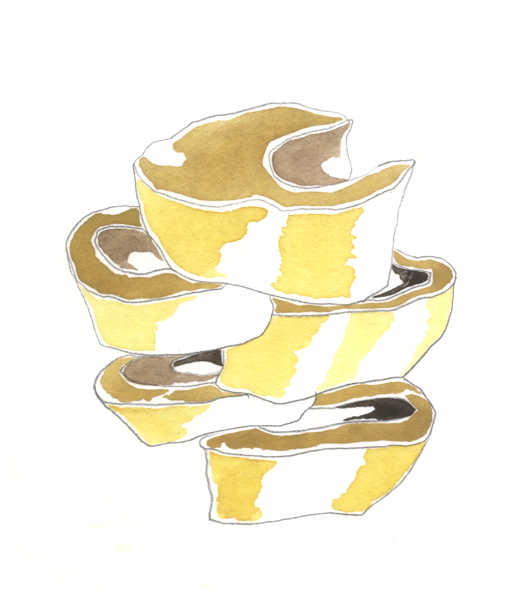
|
|
| 8.5.2011 |
John's inner and outer boundaries are seriously porous. Fred is paralyzed for fear of damaging John further. They no longer chat. It is time for New to step in and steady this relationship.
To sooth nerves, she sings quietly for a while. Then whispers some rhythmic chants that seem to put them at ease. She is charming. The boys respect her solemnity and when she appears ready to address them they are drawn closer together and lean in to listen to this New thing between them. New recounts the fable of the Lion and the Mouse but she has serious changes to Aesop's version. In his telling the mouse is caught when he wakes up the lion. What exactly does he have to offer the lion? Friendship? Promises? And why on Earth does the lion yield? New's version isn't a vehicle to teach human values. Her story honors our animal nature. She knows that if this relationship is going to work, they must all learn to trust the other's instincts. In New's version, the lion wakes up hungry and the lioness is not around to feed him. He decides to feed himself but not being accustomed to hunting chooses a very small prey. He sees a mouse and his ancient cat mind remembers how to pounce. One paw lands on the mouse but is also skewered by a thorn. The lion is thrilled with his hunting success but also in great pain. He cannot remove the thorn. Noticing the conflict in the lion, the mouse squirms enough to grab the thorn in his teeth and pull it out. The lion is shocked by the pain of the thorn's removal and opens his paw. The mouse capitalizes on the lion's reflex and quickly leaps under a leaf and down a hole. Neither one desired that stuck situation. Yet the mouse aided the lion as a strategy to avoid being killed. And the lion did not go after him, knowing that without the mouse he would never have been able to relieve his own suffering. The mouse was unlucky and the lion was naive but by acting in the moment each was awakened. |
| Previous Drawing | Home | Next Drawing |